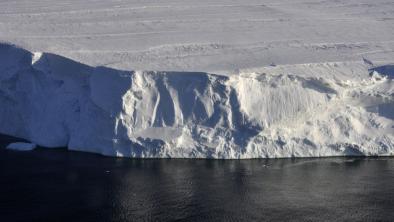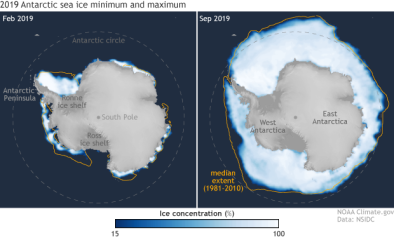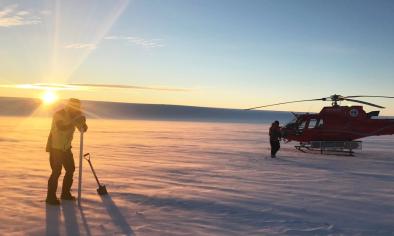Science Source
Warming of the Antarctic ice-sheet surface since the 1957 International Geophysical Year
- Shows that significant warming extends well beyond the Antarctic Peninsula to cover most of West Antarctica, an area of warming much larger than previously reported
- Finds that West Antarctic warming exceeds 0.1 °C per decade over the past 50 years, and is strongest in winter and spring
- Finds that, although this is partly offset by autumn cooling in East Antarctica, the continent-wide average near-surface temperature trend is positive
- Simulations using a general circulation model reproduce the essential features of the spatial pattern and the long-term trend
- Suggests that neither can be attributed directly to increases in the strength of the westerlies
- Concludes that regional changes in atmospheric circulation and associated changes in sea surface temperature and sea ice are required to explain the enhanced warming in West Antarctica
Related Content
Headline

Jan 29, 2020 | BBC News
Journey to the 'doomsday glacier'
Headline

Nov 22, 2019 | NOAA Climate.gov
Understanding climate: Antarctic sea ice extent
Headline

Mar 26, 2019 | The Guardian
Australian researchers find huge lakes beneath largest east Antarctic glacier
Science Source
| Geophysical Research Letters
Mass Loss of Totten and Moscow University Glaciers, East Antarctica, Using Regionally Optimized GRACE Mascons
Yara Mohajerani, Isabella Velicogna, Eric Rignot


